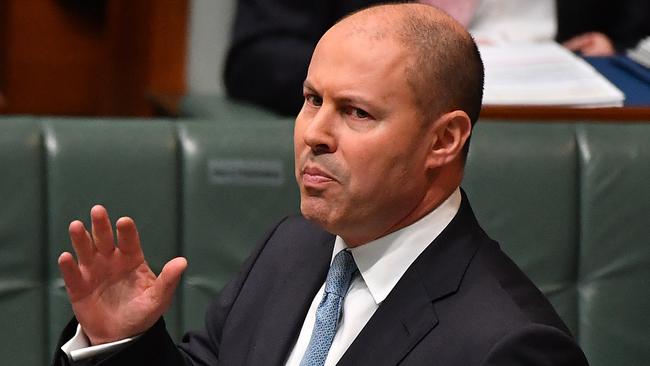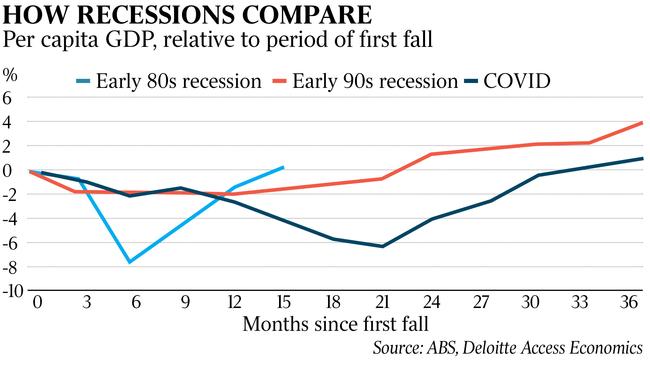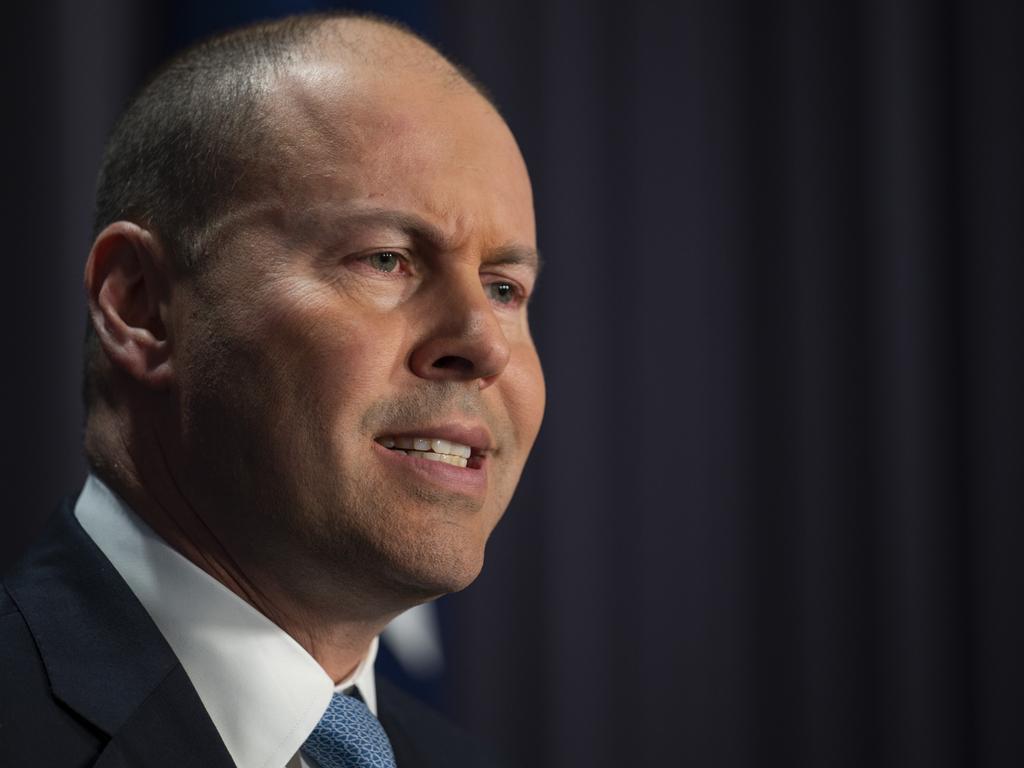Economy back in record recovery
Australia’s economy is larger than before Covid-19 triggered the worst recession in a century.

Australia’s economy is larger than before Covid-19 triggered the worst recession in a century, with GDP lifting by 1.8 per cent over the first three months of the year to confirm the most rapid recovery from a downturn in peacetime history.
National accounts figures from the Australian Bureau of Statistics show quarterly economic activity reached $501 billion in real GDP terms, 0.8 per cent above the pre-pandemic peak of $497 billion in the December quarter of 2019.
The economy grew by 1.1 per cent over the year.
Victoria was the best performing state, with its final demand jumping 2.3 per cent in the quarter as the momentum from its delayed reopening late last year carried into early 2021.
However, with the state lockdown being extended by an extra seven days in a move KPMG estimates will cost about $1.8 billion, the ABS numbers also show Victoria was the only state still smaller than before the pandemic.
Economic activity in the state remained 0.9 per cent below where it was at the end of 2019, although economists were hopeful the recovery would extend into the rest of this year with business and consumer confidence at high levels and record job ads pointing to further employment gains.

Federal Treasurer Josh Frydenberg said “businesses are responding to our policies to invest and to hire”. “Our economic plan is working, but the job is not done,” he said.
The ABS numbers also cemented Australia’s position as the strongest economic performer in the developed world through the pandemic. South Korea was the next best, where March quarter output was 0.4 per cent above pre-virus levels, followed by the US, where output remained 0.9 per cent below December 2019 levels.
Among OECD countries, Australia’s recovery from the pandemic has only been eclipsed by China and Chile, according to analysis from Deloitte Access Economics, which shows that, on average, OECD economies are 2.7 per cent smaller than before the pandemic. The British economy is still nearly 9 per cent smaller.
CBA senior economist Kristina Clifton said the economic expansion was expected to continue post JobKeeper, “notwithstanding the latest Covid-19 outbreak in Victoria and reimposition of restrictions”.
NSW’s economy grew by 1.5 per cent in the March quarter, to sit 0.6 per cent above pre-pandemic levels. The ACT and Western Australia have performed the best through the pandemic, with state final demand in the March quarter more than 4 per cent higher than before the crisis.
The stronger-than-anticipated national growth figures were driven by more Australians capitalising on the easing of restrictions by eating out, as well as a boom in equipment investment and residential construction.

ANZ senior economist Felicity Emmett said that while policy support remained “very high” in the first quarter of the year, “the economy has weathered the withdrawal of emergency fiscal stimulus unexpectedly well”.
Consumer spending climbed by 1.2 per cent in the March quarter, with the household savings rate declining only slightly from 12.2 per cent to a still high 11.6 per cent, suggesting Australians have still yet to dig deeply into the tens of billions in additional savings accrued through the pandemic.
Household spending on services lifted by 2.4 per cent in the quarter, more than offsetting a 0.5 per cent fall in consumption on goods. Spending on hospitality jumped by close to 15 per cent over the three months, by 8.8 per cent on transport and 3.3 per cent on recreation.
Housing construction, up 6.4 per cent in the quarter, and business investment, up 3.6 per cent, contributed strongly to growth, both assisted by Commonwealth incentives such as the HomeBuilder grant and instant asset write-off scheme, respectively.
Citi chief economist Josh Williamson said “a rotation towards services consumption is under way as consumer behaviour returns to normal patterns after strong spending on goods during the lockdowns in 2020”. “The outlook, however, still hinges on health outcomes,” he said.
Ms Emmett said the health outcomes represented the “biggest risk” to the recovery.
“The current lockdown may have a larger impact given the absence of JobKeeper,” she said.
More Coverage









To join the conversation, please log in. Don't have an account? Register
Join the conversation, you are commenting as Logout